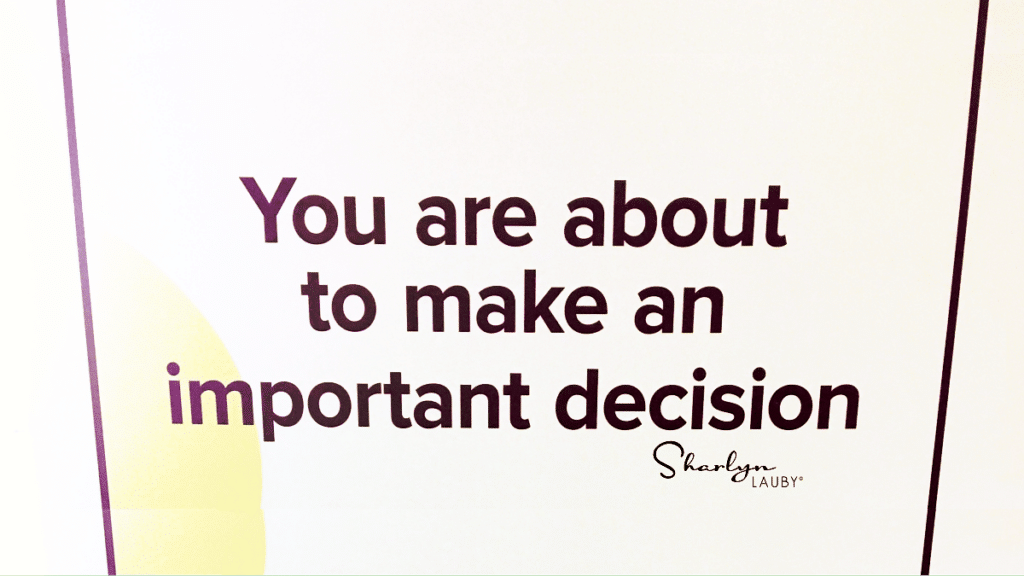Estimated reading time: 4 minutes
During this year’s SHRM Talent Conference, I had the opportunity to hear Amy Gallo, author of the book “Getting Along: How to Work with Anyone (Even Difficult People)”. In her presentation, she mentioned the concept of artificial harmony, which I believe was first coined by Patrick Lencioni in “The 5 Dysfunctions of a Team”. Artificial harmony happens when a team or group agree on something even though they do not believe it’s the best decision. Basically, artificial harmony is when people fake being a productive team because they don’t want to disagree with each other and create conflict.
Artificial harmony reminds me of “The Abilene Paradox”, which is defined as when a group of people decide on a course of action that’s counter to the preferences of the majority of the group.
Whether you call it artificial harmony or the Abilene paradox, the result is the same – groups do things that they never wanted to do and end up with results they really didn’t want. So, what can we do to stop this from happening? It begins with healthy conflict management. Gallo points out in her session that healthy conflict results in:
- Learning and growth
- A more inclusive work environment
- Improved relationships
- Job satisfaction, and
- Better work outcomes
A big component of achieving healthy conflict is understanding how to disagree with someone, which means having a high level of self-awareness. For example, when I worked in the hospitality industry, we would describe unhappy customers two ways: talkers and walkers.
Talkers are the people who are willing to share when they’re not happy. The advantage of talkers is that they give companies a second chance. If you know what’s wrong, you can fix it. The disadvantage is that talkers might not be afraid to express their dissatisfaction in a very direct way and someone on the receiving end of that conversation could find it uncomfortable.
Walkers are the people who when they’re not happy, they just leave. The advantage of walkers is that there are no unpleasant conversations to deal with. The disadvantage is that you don’t know there’s anything wrong. Because walkers simply leave, it’s possible you could have fixed the situation if you knew about it. But instead, the company lost a customer.
Ideally, companies want their customers to be talkers, which means they should conduct customer service training, so employees know how to deal with difficult conversations.
Now, apply walkers and talkers to the employee experience. People should ask themselves, “Am I a talker and willing to share with others when I feel things aren’t going well? Or am I more of a walker and just simply look for opportunities to work with a different group?” It’s possible that the answer might depend on the person or team you’re working with, whether you work onsite or remote, and/or the issue. It’s also possible that our life and work experiences might play a role. And finally, we might find that our culture, gender, or age are considerations as well.
A few months ago, I shared with you a problem-solving model called STP (Situation – Target – Proposal). You can use this model as a conflict management tool. Next time the team is having some challenges, think about the reason the conflict exists.
If it’s because the group cannot agree on the SITUATION (i.e., there’s differing views on what’s happening), then the answer is to do more research. The additional data and information could help the group reach consensus on the situation.
When the group can’t agree on the TARGET, or goal, then they should take time to negotiate and/or compromise. Spending time discussing options can help to create a goal that, while it might not be perfect, it was reached with maximum involvement.
Should the disagreement be focused on the PROPOSAL – which is the path or steps to accomplish the goal – then the solution is consensus building. Consensus building is different from compromise – the focus of consensus building is getting everyone to support the process. They don’t have to love it or even like it, but everyone needs to be able to support it.
Organizations are spending a lot of time right now saying that employees need to return to onsite work because of the benefits of working as a team. And I won’t deny it – there are advantages to group work. However, teams need to be able to successfully manage conflict. Organizations should think about how employees are developing those skills.
Image captured by Sharlyn Lauby while exploring the streets of New Orleans, LA
The post Teams Should Learn How to Manage Conflict appeared first on hr bartender.



0 Commentaires